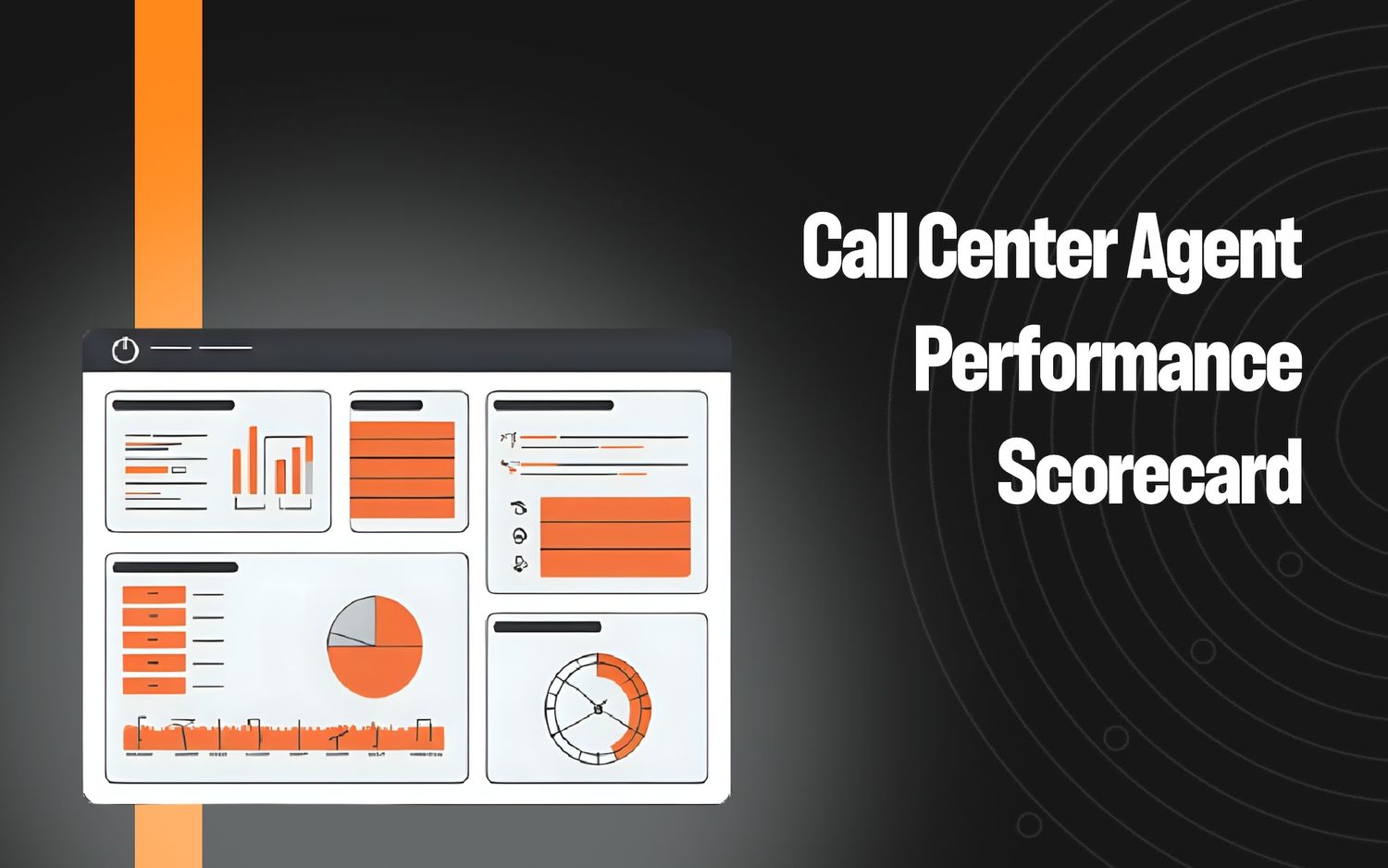Measuring Success With Contact Center Service Level Calculation


One of the ways to assess the effectiveness of your contact center is through call center service level monitoring. Having a solid understanding of your company’s essential metrics can help you operate at your best.
While keeping track of these metrics might be challenging, the fact remains that knowing your contact center service levels is essential in order to achieve best outcomes. By monitoring these numbers, you not only are able to identify the areas where your team has to improve, but also can create opportunities to continue providing excellent customer service and reduce customer churn.
Salesforce’s recent report, The State of Service, ranked some top indicators and vital KPIs (key performance indicators) to track. In this article, we’ll explore a more in-depth discussion of service levels. We’ll first define “service level” in the context of call centers and then also walk you through the steps necessary to determine and optimize your own metrics.
What is a Contact Center Service Level?
The service level of a call center is a performance indicator; it shows you how near you are to hitting contact center goals and whether CX is suffering. It can also incorporate certain specifics, such as how many calls are answered in a certain amount of time.
Usually, this number represents the percentage of KPI targets that a company has successfully accomplished. Service level, in the context of a call center, can for example be defined as the proportion of incoming calls that are successfully handled by agents within a specified time frame.
This definition of the service level for call centers appears straightforward at first glance. However, there are a number of divergent opinions on how to calculate a contact center’s service level, which can make the process slightly more complex.
So Why is it Crucial to Track SLs in Call Centers?
Keeping tabs on your service level is essential for a number of different call center processes, and it may also help you make data-driven decisions that will improve your company’s customer experience and customer service strategy.
Service-level insights enable companies to:
- Obtain optimal workforce management– a right-sized number of agents to serve customers
- Make waiting times a thing of the past with shorter queues and faster answers
- Radically improve the customer experience and brand perception
- Get the most out of every customer interaction with higher first-call resolution rates
- Boost customer satisfaction
How to Calculate Contact Center Service Level?
Typically, your service level goal will be a ratio of two numbers, such as 70-20 or 80-60. First, let’s try to pin down what this means. If your service level (SL) goal is 70/20, then 70 percent of calls to your call center should be answered in less than 20 seconds. The same goes for a service level of 80-60, which indicates that 80% of calls should be handled within 60 seconds.
With these two pieces of data in hand, calculating SL is not too difficult. The call center service level is calculated as follows: (Calls answered within specified time / Total calls handled) * 100
Steps for Efficiently Estimating and Monitoring Service Level
Service level can facilitate data-driven business decisions when assessed consistently over time and described accurately. It can be challenging for organizations to choose what metrics to use when evaluating customer satisfaction with a product or service. Here are several methods that companies can use to assess the quality of their call centers’ service level:
Set Criteria for Categorizing Unanswered Calls:
If you want to know how well your customer service department is doing, you shouldn’t ignore calls that are left unanswered. A formula should be developed when the number of unanswered calls has been determined. Options include calls made and dropped before and after a specified time limit. Finding the best formula for achieving corporate goals will simplify future calculations and highlight key metrics.
Choose the Time Interval and the Unit of Measurement:
When evaluating service quality, the interval time plays a significant role, so it’s vital to define the interval’s beginning and communicate that to all involved teams. Some things to consider while setting the time to begin are:
- If the greetings in the “queue” are over
- When a specified amount of time has elapsed (say 5 seconds after the caller enters the queue)
- If the caller chose the last available choice in the IVR system
- When the phone rings and the time to answer the call
Maintaining a dynamic and regularly monitored interval time measurement is essential. This method is helpful in gauging staffing needs and predicting weekly performance.
Define the Goal for the Service Level:
A company must decide whether improving service level is motivated by a desire to boost customer satisfaction or by expanding the lifetime value of existing clients. Customers’ expectations, patience, and demands must be factored into service-level objectives. For instance, customers are more tolerant of long hold times while calling an airline than with an online store. It’s also worth noting that customers who contact agents via channels like live chat are more likely to become frustrated with lengthy wait times than call customers. The same holds for creating the service level objectives of customer service, which should consider staff workloads, satisfaction, average contact volume, and budget.
Obtain Information from Every Possible Source:
Call centers in major corporations typically have specialized groups fielding inquiries about billing, orders, etc. The effectiveness of the call center can only be properly evaluated if all relevant departments present their service level data in a timely fashion. For example, calls to the billing department are likely to be more involved than those to the address-related departments. Therefore the formulas for each should be adjusted accordingly.
Make Use of New Technology:
Tracking, collecting, and extrapolating service level data can be easily done using one of the many available user-friendly software tools. To gain valuable insights in a matter of seconds, businesses should take full advantage of these programs. In addition to reducing the likelihood of mistakes, this program also boosts efficiency.
Determine the Root Causes of Poor Service Level:
One way to look at the service level is a goal, while another is an actual metric. A decline in service level may result from several causes, including but not limited to longer calls, erroneous forecasts, faulty scheduling, swings in volume, etc.
To What Extent Does Service Level Affect CX?
If your service level is subpar, you’re losing out on more than simply potential earnings due to a drop in call volume. It also suggests that clients are waiting longer, some are hanging up in disgust, a significant percentage of questions are unanswered, and your chances of customer churn increase.Further demonstrating the importance of this KPI, Salesforce found that 91% of consumers who receive good service are more likely to make a purchase.
Helpful Tips for Achieving Your Contact Center’s Service Level Goals
It’s natural to ask how to consistently achieve contact center service level targets after learning to compute service level in a call center. This article will conclude with an explanation of three strategies for achieving these crucial goals.
1. Reduce Staff Turnover Rate
Finding and hiring a replacement for a departing employee requires a significant investment of time, effort, and resources. On top of that, new recruits are typically less effective than long-term employees because they lack the necessary experience.
To keep your hardworking, dedicated employees, you should:
- Do what you can to keep your agents from being burned out
- Provide further benefits to those who are high achievers
- Offer financial incentives or perks like bonuses and other rewards
2. Make Use Of Contact Center Software
The use of contact center software is a fantastic method to boost the contact center’s overall performance by encouraging agent productivity and monitoring key performance indicators. AI tools have many features that make it easy to achieve service-level goals for a call center.
As an illustration, here at Level AI, we provide the following tools in conjunction with our contact center software:
- AgentGPT utilizes an organization’s most valuable data to direct agents toward achieving the best possible outcomes for their customers
- The agent screen-recording tool helps call center managers to observe how agents engage with customers to enhance workflow and enforce standards. Playing back a session allows for a complete understanding of the customer’s journey, improving coaching, agent growth, and work satisfaction.
- With Level AI’s centralized interface, you can easily track your agents’ performance by generating individualized reports based on both internal and external data sources.
3. Examine KPI Goals
Make sure your key performance indicators are still in sync with one another by periodically reviewing your KPI goals. Given the interdependence of these objectives, careful coordination among them is crucial.
This article has discussed the how and why of measuring contact center success with contact center service level calculation. For more information on using AI tools for the contact center, visit the Level AI website here and schedule a demo today: http://thelevel.ai
Keep reading
View all





